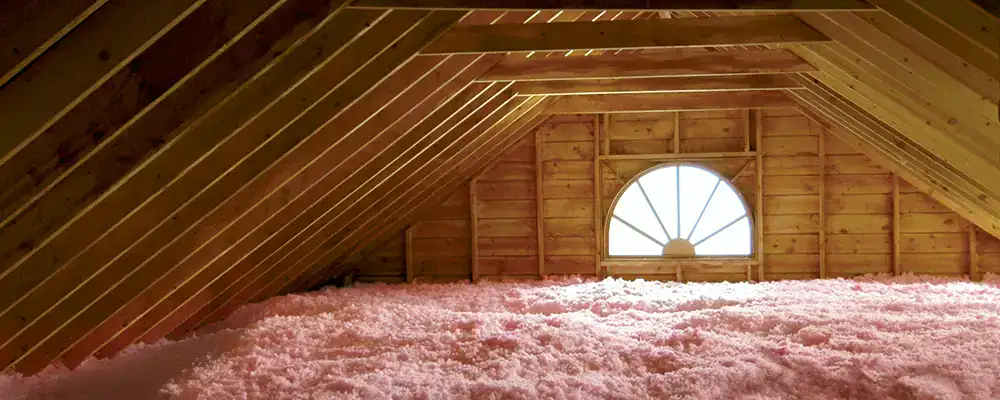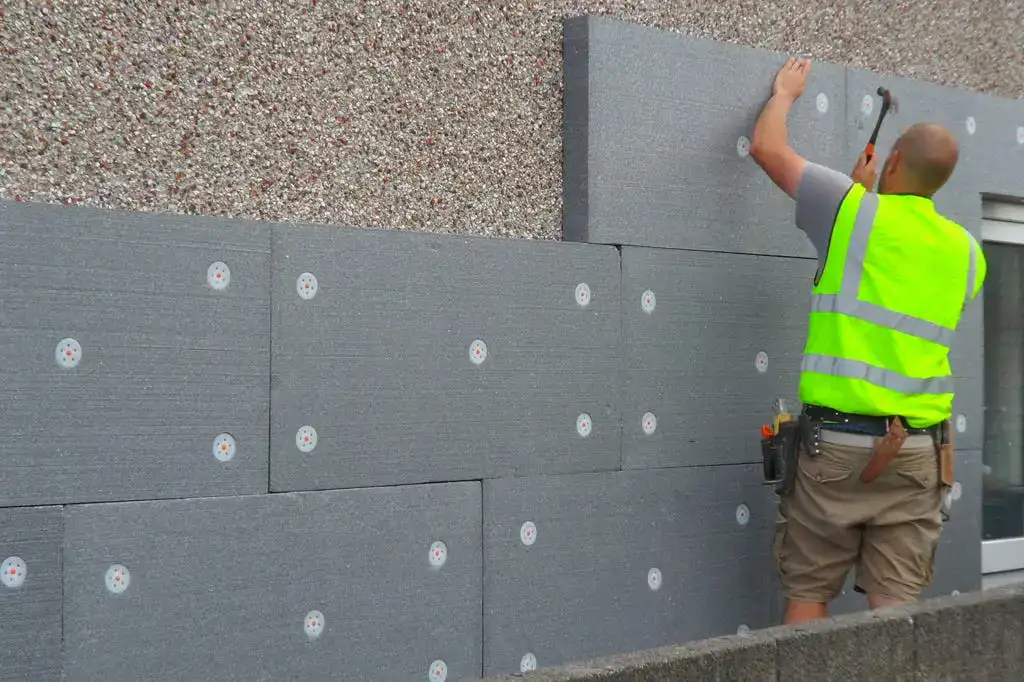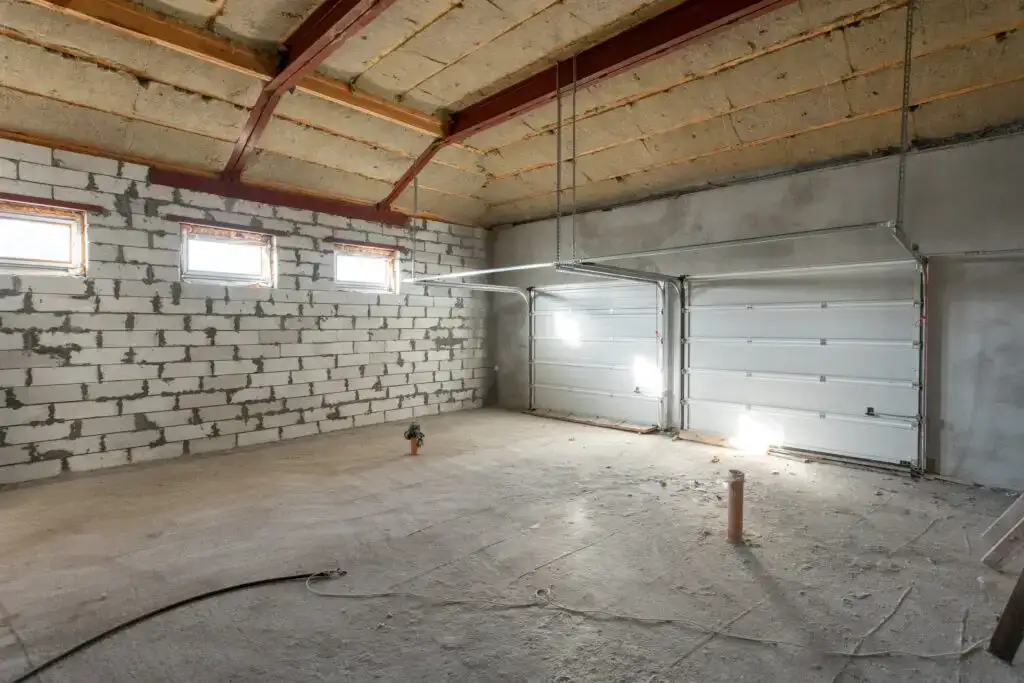Insulating an attic of about 1,500 square feet is very vital when it comes to making a home energy efficient. It can save costs on heating during winter and cooling in summer. And before starting the process, it is worth knowing an approximation of the costs involved.
The cost of attic insulation often varies according to the type of material used, the condition of your attic, and then the cost of hiring a professional for labor. For that space, a homeowner can expect the average cost to insulate a 1,500 sq ft attic to be between $1,500 and $5,000. Understanding these elements would help one draw up a budget for taking possible options for their homes.
Typical Insulating Cost

The average cost of insulating a residential attic measuring 1,500 sq ft probably lies between $1,500 and $5,000. The insulation could be cellulose, spray foam, or fiberglass, and their price differences determine the final total cost. The most cost-effective is fiberglass, while comparative spray foam insulation is on the pricey side but with quite impressive savings on energy consumption.
Much of the other price factors depend on the labor part because of the angle with which the attic can be accessed or if the repair was needed before setting up the insulation. An average cost can help in planning for the best choice for insulation according to the budget available.
Home Size
- Small Home: 1,000–1,500 sq ft
- Medium Home: 1,500–2,500 sq ft
- Large Home: 2,500+ sq ft
Style of siding
- Traditional Lap: Horizontal planks, classic and most widely used.
- Board and Batten: Vertical boards with narrow battens give a rustic appearance.
- Shingles/Shakes: Little overlapping panels for a charming, textured appearance.
- Stucco: Normally smooth or textured finish; mostly in warm climates.
- Brick Veneer: Mimics solid brick walls but lighter and less costly.
Siding Type
- Vinyl: Cheap, very low in maintenance, and available in a lot of colors.
- Wood: Keep it pure and traditional, but therefore it’s not without maintenance.
- Fiber Cement: Tough in withstanding weather plus again resembles wood.
- Metal: Young and Fabulous, mostly in a lot of contemporarily designed homes.
- Stone Veneer: Acquires a sophisticated appearance, but not that expensive.
Cost Determines insulation
-
The insulation types
- Different materials have different costs. Fiberglass insulation is cheap, cellulose is mid-range, and spray foam is by far the most expensive but works excellent for energy efficiency.
-
Size of the Attic
- The larger the attic, the greater the amount of material needed and the longer it takes to install, which all contribute to a higher overall cost.
-
Labor Costs
- The cost of professional installation depends on the area and, to some extent, the complexity of the job. Places with a high cost of living will also tend to have higher labor charges.
-
Condition of the Attic
- If the attic requires repairs, cleaning, or pest removal, costs will add up.
-
R-Value Requirements
- Higher R-Values (insulation efficiency) may require more expensive materials or greater thickness.
-
Accessibility
- Difficult-to-access attics or attics that do not have sufficient space for working in will thus take longer to perform the installation and cost more to install.
The Factors That Change Insulation Costs
The factors behind the costs of insulating an attic would include, among others, such work as the clear specification of the insulation material involved, be it fiberglass, spray foams, cellulose, or many more types. Other costs would include cleaning or repairing the condition of the attic because if it is required, it will increase the price.
The cost can vary relative to where you stay in the world and the amount of job done. Finally, the depth and quantity of insulation that are needed will affect the costs at the end of it all. Understanding these factors thus becomes helpful while making a mark as to what is most appropriate for your pocket.
Insulate Cost Breakdown
The cost to insulate a 1500 square foot attic is based on several factors. First, the insulation type is very important: Fibreglass batts are cheaper ($1000-2400), while spray foam is the most expensive ($3000-5000). Labor also adds $1000 or so, depending on how much has to be done. Finally, cleaning or repairing the attic before you insulate will add to your final costs.
Knowing these details, you can guess where your money will go.
Material cost: Different types of insulation have different prices; fiberglass is generally the most affordable, while spray foam is the most costly
Labor cost: Hiring professionals to install the insulation adds to the cost. This can vary depending on where you live and how complicated the job is
Old insulation removal: If there´s any old or damaged insulation, it must also be removed, adding to the expenses
Prep work: A sizable portion of the overall cost may increase due to preparations in the attic, such as sealing cracks or repairing damage.
Energy savings: Insulation saves in the end, as it is going to cost at the time, in the long run, in heating or cooling bills.
Other Costs
In addition to labor and materials, you must include other costs of insulating an attic of 1,500 sq ft, such as:
- Old insulation removal: Older and damaged insulators in your attic will need removal adding up to the general costs.
- Air leak sealing: A crevice and gap seal with inside attic space is part of the proper insulation. Well, it guarantees energy efficiency, but perhaps the total cost will increase.
- Added materials: Such as vapor barriers, baffles, or systems of ventilation, have been needed to better insulate an area and raise the level of total costs.
When you include these auxiliary expenses, you can better budget for the attic insulation project.
Costs for Different Types of Insulating with a Comparison
Here is a cost comparison by insulated material in table format for a 1,500 sq ft attic.
Insulation Material |
Cost per Square Foot |
Total Material Cost |
Advantages |
Disadvantages |
| Fibreglass Batts | $0.30 – $1.50 | $450 – $2,250 | Affordable, easy-to-install | Less effective in irregular spaces |
| Blown-In Cellulose | $0.50 – $2.00 | $750 – $3,000 | Good coverage, eco-friendly | Requires special equipment |
| Spray Foam | $1.00 – $3.50 | $1,500 – $5,250 | Best for air sealing, durable | Expensive upfront cost |
| Reflective/ Radiant Barrier | $0.50 – $1.50 | $750 – $2,250 | Reduces heat transfer | Less effective in cold climates |
| Rockwool/ Mineral Wool | $1.00 – $2.50 | $1,500 – $3,750 | Fire-resistant, soundproof | Higher cost than fiberglass |
Factors Influencing Insulate Costs
Type of insulation
Different insulation materials, like fiberglass, spray foam, or cellulose, vary widely in cost. Spray foam is typically more expensive but provides superior sealing, while fiberglass is more affordable but may require extra sealing.
Condition of the attic
The condition of the attic can have a big impact on insulation costs. If the attic has damage, such as mold, pests, or structural issues, these problems need to be fixed before adding new insulation.
This adds extra costs to the project. A clean and well-maintained attic is easier to work with and reduces the overall expense. It’s important to inspect the attic before starting so you can plan for any necessary repairs.
Old insulation removal
Removing old insulation is important before adding new materials. If the old insulation is damaged by moisture, mold, or pests, it can reduce the effectiveness of the new insulation and even cause health problems.
The process includes taking out the old insulation, cleaning the area, and disposing of it safely. This adds extra cost due to the time and tools needed, but it’s essential for making sure the new insulation works well and keeps your attic clean and safe.
Energy efficiency needs
The energy efficiency of your home determines the type and amount of insulation you need. In hot or cold climates, insulation with a higher R-value is necessary for better thermal resistance.
While higher R-value insulation can be more expensive, it helps keep your home comfortable and lowers energy costs in the long run. Choosing the right insulation for your home ensures it stays warm in winter and cool in summer, making it a wise investment.
Additional materials
When insulating a 1,500 sq ft attic, you may need extra materials to complete the job properly. These can include vapor barriers to prevent moisture build-up, attic vents for proper airflow, and protective covers for recessed lights to keep insulation away from heat sources. Depending on the type of insulation you choose, you might also need items like adhesive sprays, tape, or netting to hold loose insulation in place. These additional materials can increase the overall cost, so it’s important to include them in your budget when planning the project.
Conclusion
Insulating your 1,500 sq ft attic is a worthwhile investment that enhances energy efficiency and saves money in the long run. While the costs may vary depending on materials, labor, and additional expenses, careful planning and smart choices can help you stay within budget. Opting for cost-effective materials, exploring rebates, and considering DIY installation are great ways to save without compromising quality. By understanding the factors involved and following money-saving tips, you can achieve a well-insulated attic that keeps your home comfortable and energy-efficient for years to come.


